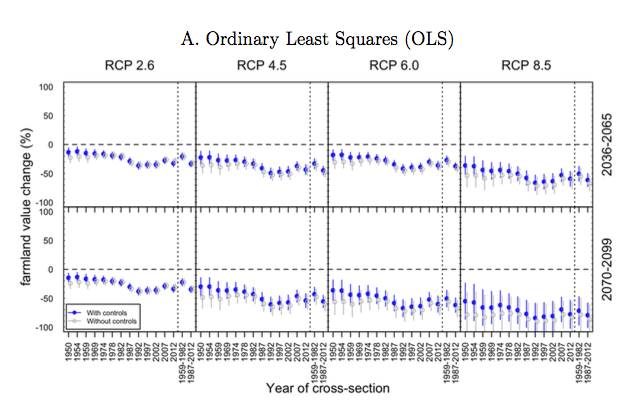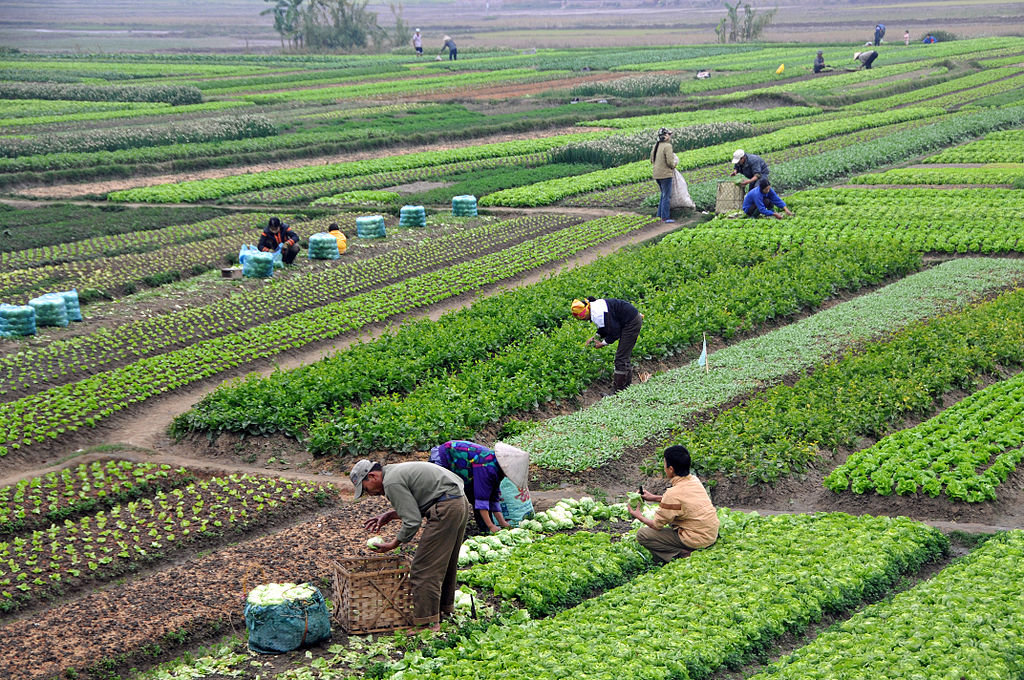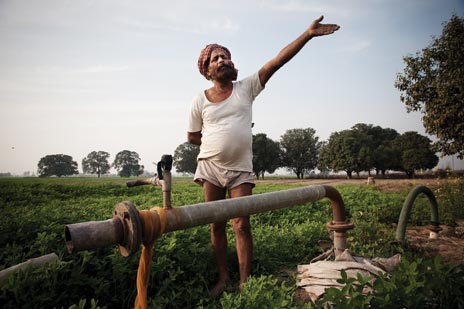Greetings from String Matching Land! Since I seem to be trapped in an endless loop of making small edits to code and then waiting 25' for it to run (break), I'm going to break out for a little bit and tell you about a cool new paper that I just finished reading. Also, it's Wednesday, so my WWP acronym remains intact. Nice.
Manisha Shah (a Berkeley ARE graduate!) at UCLA and Bryce Millett Steinberg, a Harvard PhD currently doing a postdoc at Brown who is on the job market this year (hire her! this profession needs more women!), have a new paper that I really like. I thought of this same idea (with slightly different data) recently, and then realized that this is forthcoming in the JPE (damn)- and it's excellently done. The writing is clear, the set-up is interesting, the data are cool, the empirics are credible, and the results are intuitive. Did I mention it's forthcoming in the JPE?
In this paper, Shah and Steinberg tackle a prominent strand of development economics: what do economic shocks do to children at various stages of growth? There's a long literature on this, including the canonical Maccini and Yang paper (2009 AER), who find that good rainfall shocks in early life dramatically improve outcomes for women as adults (in Indonesia). This paper does a great job of documenting a treatment effect (if you haven't read it yet, metaphorically put down this blog and go read that instead), but less to say about the mechanisms behind it.
Steinberg and Shah take seriously the idea that rainfall shocks might affect human capital through multiple channels: good rain shocks could mean more income, and therefore consumption and human capital, or good rain shocks might mean a higher opportunity cost of schooling, leading to less education and human capital development. They put together a very simple but elegant model of human capital decisions, and test its implications using a large dataset including some simple math and verbal tests from India. They show that good rain shocks are beneficial for human capital (as proxied by test scores) early in life, but lead to a decrease in human capital later in life. They demonstrate that children are in fact substituting labor for schooling in good harvesting years, and show that rainfall experienced in childhood matters for total years of schooling as well, which could help explain the Maccini and Yang result, though they don't find differential effects by gender.
In the authors' own words (from the abstract):
“Higher wages are generally thought to increase human capital production, particularly in the developing world. We introduce a simple model of human capital production in which investments and time allocation differ by age. Using data on test scores and schooling from rural India, we show that higher wages increase human capital investment in early life (in utero to age 2) but decrease human capital from ages 5-16. Positive rainfall shocks increase wages by 2% and decrease math test scores by 2-5% of a standard deviation, school attendance by 2 percentage points, and the probability that a child is enrolled in school by 1 percentage point. These results are long-lasting; adults complete 0.2 fewer total years of schooling for each year of exposure to a positive rainfall shock from ages 11-13. We show that children are switching out of school enrollment into productive work when rainfall is higher. These results suggest that the opportunity cost of schooling, even for fairly young children, is an important factor in determining overall human capital investment.”
Obligatory stock photo of Indian school kids during the rainy season. Obviously not my own photo.
A few nitpicky points: I could've missed this, but the data are a repeated cross-section rather than a panel of students, so I wanted a little more discussion of whether selection into the dataset was driving the empirics. Also, when they start splitting things by age group, I'm surprised that they still have enough variation in test performance among 11-16-year-olds to estimate effects. I would've expected these students to max out the test metrics, given that the exam being administered is incredibly basic numeracy and literacy skills. But maybe not. Finally, since I'm teaching my 1st-year econometrics students about figures soon, these graphs convey the message but aren't the sexiest. Personal gripe. All in all, though, this is a really nice paper - I urge you to go read it.
A final caveat: this is of course context-specific. I don't at all mean to suggest (and nor do the authors), for instance, that these results should have Californians glad that we're done with the rain and back to sunny weather. As much as I enjoy sunrise runs (n = 1) and sitting outside reading papers, I'd be happy with a little more of what El Nino's got to offer the West Coast.





